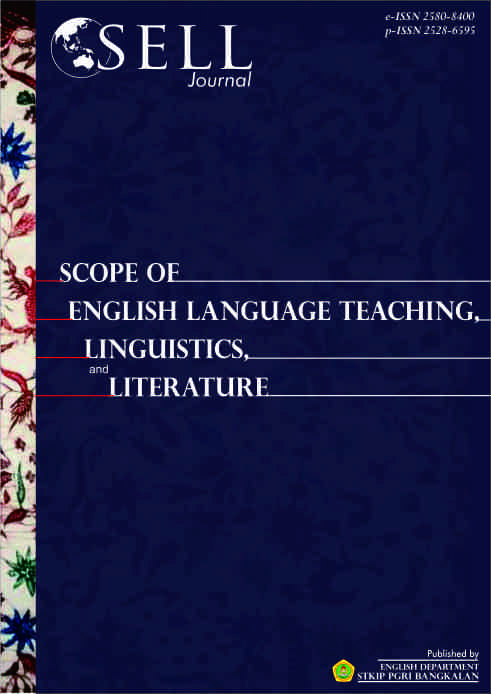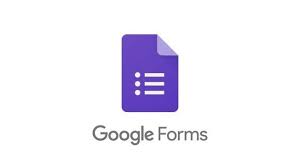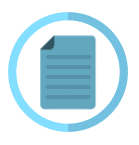Internet Language Features on Male and Female Music Video Commentators in YouTube: A Sociolinguistics Study
DOI:
https://doi.org/10.31597/sl.v6i1.598Keywords:
Internet language features, male, female, YouTubeAbstract
Internet becomes one vital need for human because it is used for communicating with others and getting the information needed. The existence of internet cannot be separated from the role of advancement and technological sophistication. The rising need for internet has an impact on languages Danet (2001) provides an explanation of the language used in the Internet world. He states there are ten Internet Language Features; Multiple punctuation, Eccentric spelling, Capital letters, Asterisks for emphasis, Written-out laughter, Music/noise, Descriptions of actions, Emoticons, Abbreviations, and Rebus writing. This study aims to use Internet Language Features by Danet (2001) on social media users of YouTube both male and female applied in commenting on Bad Guy's Music Video by Billie Eilish. This research uses a qualitative approach and descriptive method. The results of this study indicate that both male and female commentators alike use nine out of ten internet language features. Only one feature is not used, it is the Asterisks which usually used for emphasizing feature.
References
Badriah, W. (2015). Internet Languge Features used by Male and Female Online Shopper on Instagram. Unpublished thesis. Surabaya: UIN Sunan Ampel.
Danet, B. (2001). Cyberpl@y: Communicating Online. New York: Berg.
Indah, W. I. (2015). Internet Language Features Used by Male and Female Commenters in Dagelan’s Account on Instagram. Unpublished thesis. Surabaya: Airlangga University.
Wardhaugh, Ronald. (2006). An Introduction To Sociolinguistics. 5th ed. Blackwell Publishers Ltd
Downloads
Published
How to Cite
Issue
Section
License
1. Copyright of this journal is possession of Editorial Board and Journal Manager, by the knowledge of author, whilst the moral right of the publication belongs to the author.
2. Legal formal aspect of journal publication accessibility refers to Creative Commons Atribution-ShareAlike (CC BY-SA), implies that this license lets others remix, adapt, and build upon your work even for commercial purposes, as long as they credit you and license their new creations under the identical terms. This license is often compared to “copyleft” free and open source software licenses.
3. Every publications (printed/electronic) are open access for educational purposes, research, and library. Other that the aims mentioned above, editorial board is not responsible for copyright violation















